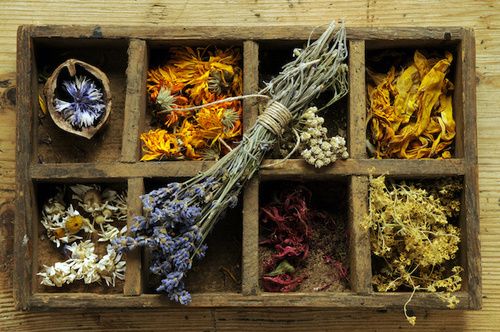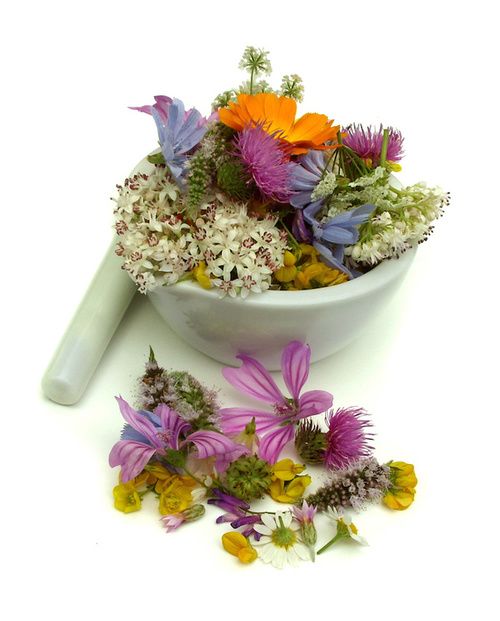The herbalist, who he is and what he does
The herbalist has the necessary knowledge to identify, collect, transform and preserve medicinal plants , in compliance with current regulations. Let’s find out better.
> What the herbalist does
> How to become a herbalist
> Laws in Italy and Europe
> Curiosity
> Useful resources on the herbalist ‘s profession

What the herbalist does
The ” herbalist” herbalist is a retail seller who listens to the customer’s request, recommends the most suitable preparation and gives indications on how to use it. She also prepares herbal mixtures for herbal teas , infusions, syrups, tablets and ointments for health, cosmetic or food purposes , but not for therapeutic purposes. The therapeutic application of medicinal products is in fact the specific field of the phytotherapist, who is first of all a pharmacist).
The profession of the herbalist in the strict sense is the ability to identify, collect, transform and preserve medicinal plants, in compliance with current regulations. He must be able to count on solid botanical and ecological knowledge.
In specialized agricultural companies, the herbalist works as a technician in the cultivation of medicinal and aromatic plants, follows their production, taking care of the choice of the most appropriate cultivation methods, the genetic selection of crops and control analyzes for the evaluation of the quality of the active ingredients .
Within a plant products company , he works as an operator for the transformation of medicinal and aromatic plants into herbal, food and cosmetic derivatives.
Become an herbalist
The herbalist can work as an employee of companies in the sector or as the owner of a business . In the latter case, a distinction is made between those who sell packaged products and those who mix them: for the former, the same requirements are required of those who trade in food products; for the second, a three-year degree is compulsory.
The three-year degree to work as a professional herbalist can be obtained in Herbal techniques or Herbal sciences and health techniques or in Sciences and technologies of herbal, dietary and cosmetic products: addresses present in some faculties of Pharmacy or Chemistry and pharmaceutical technologies or even of Agrarian.
Discover the properties of herbs and medicinal plants

The herbalist in Italy and abroad
If theoretically to be a herbalist you must have attended a university course, at the counter you can also “run into” a naive person, who may have only followed a short hobby course.
However, in Italy there is a regulation of natural products that limits products that can be sold in herbal medicine to those that are not capable of causing damage. The basic legislation is still constituted by Law no. 99 of 1931 which indicates the requirements for the collection, cultivation and trade of medicinal plants, identified in the list referred to in Royal Decree no. 772/1932 .
In any case, we must bear in mind that the equation “natural = beneficial” is incorrect : poisonous mushrooms or the hemlock with which Socrates committed suicide are also natural. It is therefore essential that the interactions with traditional drugs are duly taken into consideration by the herbalist at the time of the prescription (preparation of the herbal product), as well as the possible side effects.
In the near future, in agreement with the European Union which has issued a regulation according to which member states must recognize at least three-year training obtained in another state, a revision of the obsolete legislation is expected, and a thickening of the rules.
Curiosity
- Do animals have a natural talent for herbal medicine? The French herbalist Maurice Mességué , in the autobiography Men, herbs and health (1971), tells of his childhood in the fragrant countryside of the Gers and how his father had taught him to observe and learn the beneficial properties of plants from animals (“Treasure , it is not by running in every sense, on all roads, that one learns life. From the weasel that, before giving battle to the vipers, rolls on the plantain, effective against bee stings and the venom of the vipers, to the wounded chamois that makes itself, with its mouth, a poultice of clay and herbs …
- Plants know how to be friends and bitter enemies of man, for this reason the herbalist must be thoroughly familiar with their properties and harmful effects. An example? We find it in the life and autobiographical book of Christopher McCandless entitled Into the wild . Known under the pseudonym of Alexander Supertramp, played by the Californian actor Emile Hirshc in the film shot by Sean Penn released in Italy in 2008, McCandless left society after graduation to escape the laws of consumption and live a different existence: he decided to reach Alaska on foot, starting in West Virginia. After two years of walking, he died on August 18, 1992 as a result of food poisoning due to some poisonous seeds.






























+ There are no comments
Add yours